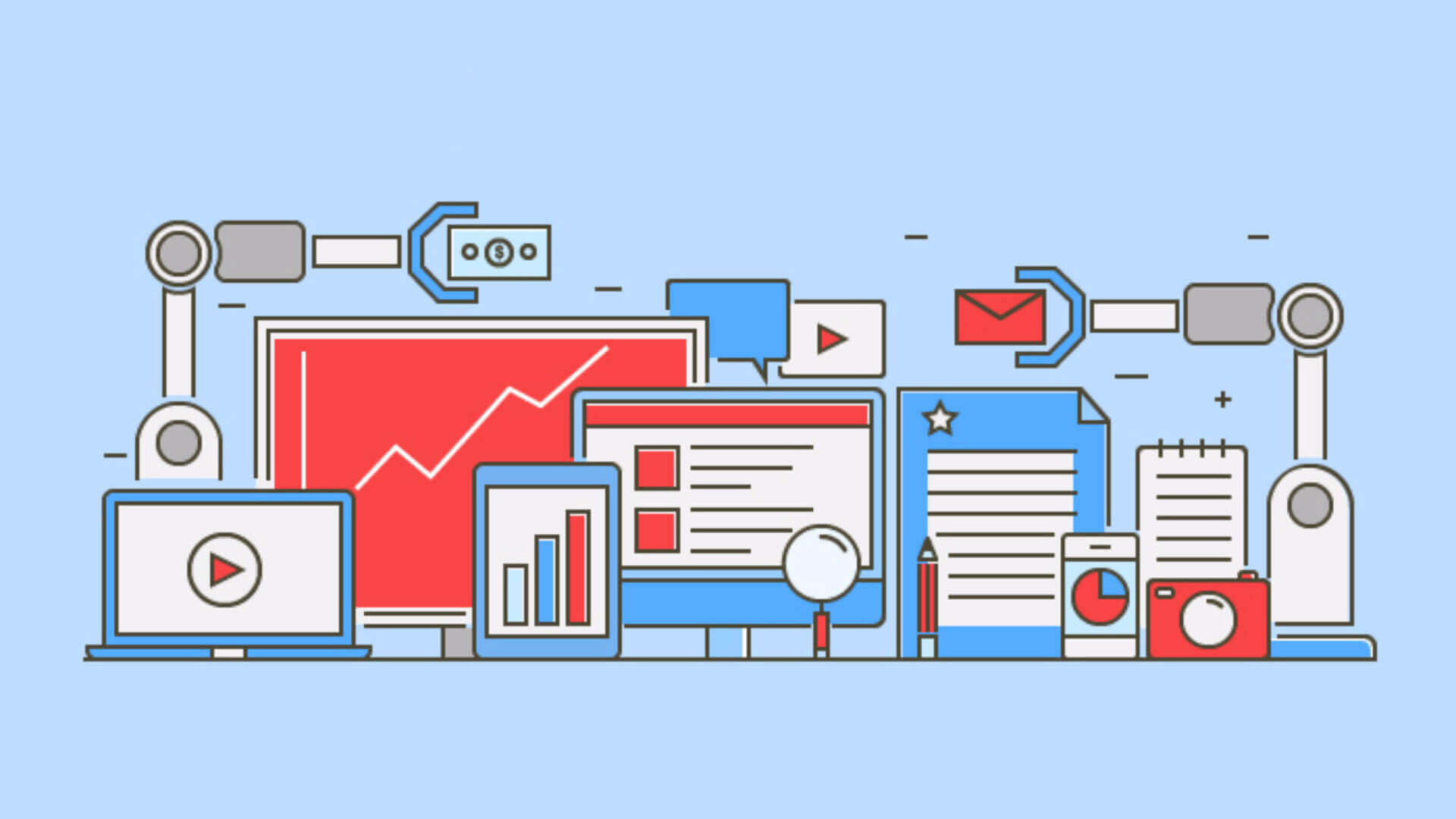Effective Uses of Marketing Automation
Recently, marketers have begun to use the term “friction” in regard to the sales process. Friction, in this context, refers to anything that slows a consumer down or that forces them to stop and reconsider their movement through the buyer’s journey. (Distractions are a major cause of this friction.) Ideally, businesses want to eliminate all friction that could potentially stop a consumer from making a purchase. This is a great goal to strive toward, but an unrealistic one at present. Fortunately, even if a consumer stops just short of making a purchase, companies can use automation to re-engage with those leads. Retargeted ads, and automated email messages are just two examples of how automation helps marketers reach potential customers.
In addition, many businesses are beginning to experiment with chatbots on their websites. These bots perform basic customer service actions –– like answering FAQ’s for instance. However, they also can connect interested leads to salespeople, in much the same way that marketing content espouses to operate.
Current Limitations of Marketing Automation
Automation is great for scheduling advertisements, reconnecting with leads through email campaigns, and helping marketers target specific demographics. Yet, companies can’t rely solely on automated services to create effective marketing strategies. There are several reasons why. First, automated systems can’t react to changes in the same way humans can. When events like the recent GDPR stipulations hit, businesses need critical thinkers who can answer tough questions on-the-fly. On a related point, automated ads and emails are –– typically –– general in nature. They lack the specificity that detailed marketing content can provide. (They can, however, redirect consumers to that content.) Lastly, though chatbots can handle basic interactions that will save your team time, they can also irritate and confuse leads as well. At the end of the day, most leads want to speak with a human being before they make a purchase decision. (This is especially true in the B2B field.)
The Future of Automated Marketing
One area where business automation will surely grow in the next few years is in the field of advertising. Large corporations already use techniques like programmatic advertising that more or less eliminate human interaction in regard to purchasing advertising slots. Furthermore, entrepreneurs should look for automated ways to track consumer history –– even if the aforementioned GDPR regulations may make that more difficult.
Rather than content or content creation, most automated services deal with tracking data, content promotion, and retargeting. As a general rule, this is a good way to think about functional automated marketing strategies. Automation is, in many ways, a supplement to human marketers rather than a replacement.
The Bottom Line
Whether your business is testing a new line of ads for a micropipette tip or assembling an email to send to interested leads, automated services can and should be a part of your marketing process. Naturally, it’s unwise for professionals to rely too heavily on new automated tech. (If you’ve ever had a frustrating encounter with a chatbot, you know how detrimental poorly managed automation can be.) That shouldn’t deter progressive entrepreneurs, though. Nor should it worry current marketing pros. There’s plenty of room in the marketing workplace for automation, and, in reality, marketing managers, content creators, and advertising accountants should welcome more sophisticated automated products. They exist to help, after all!

